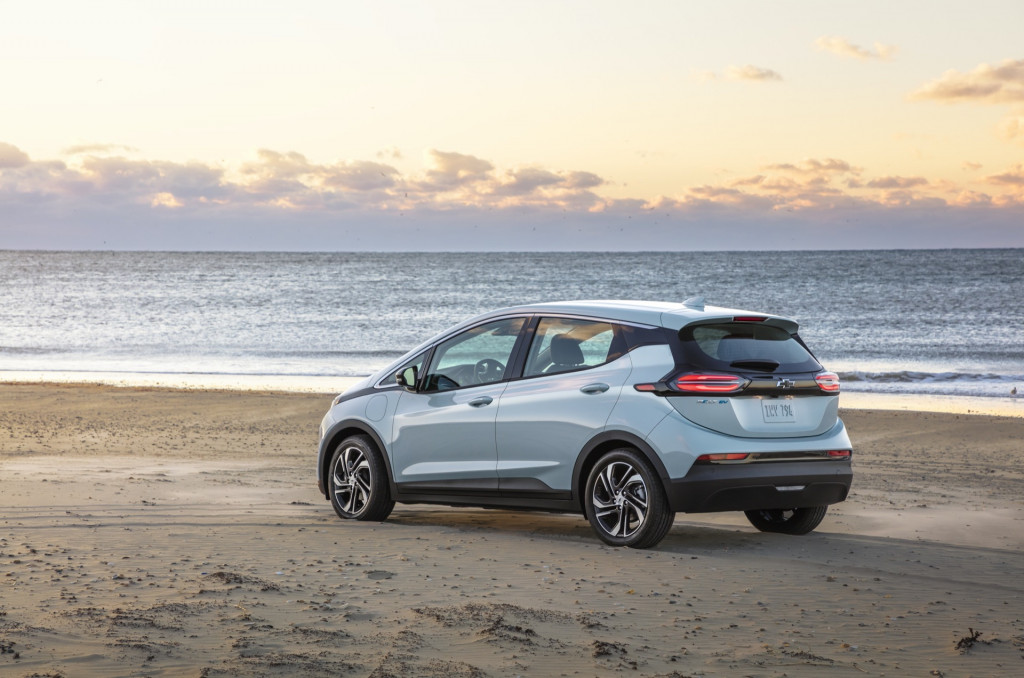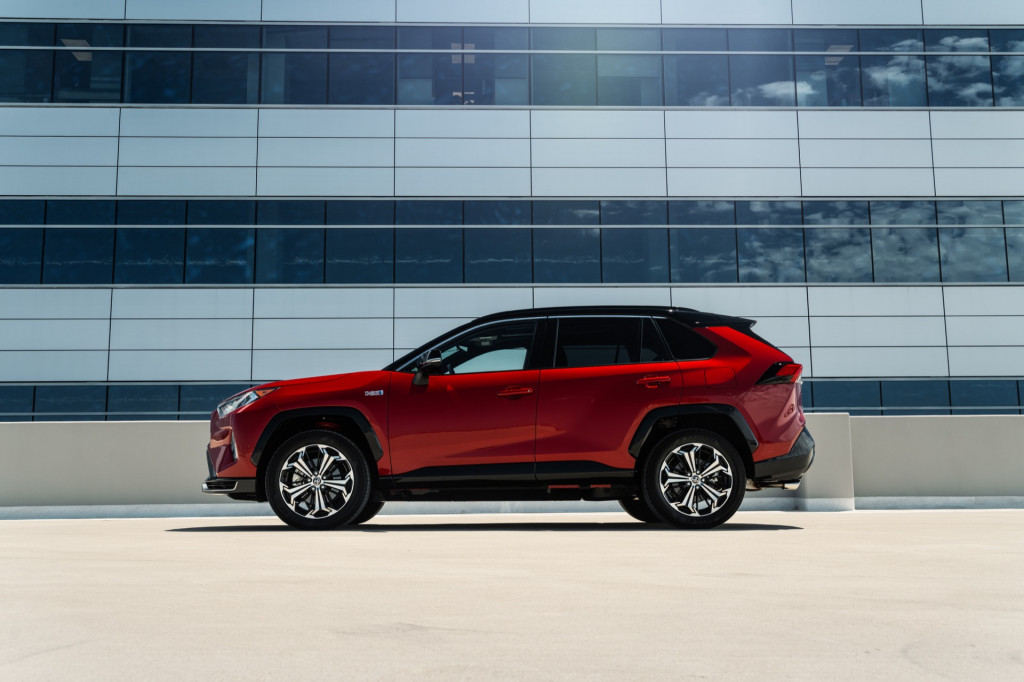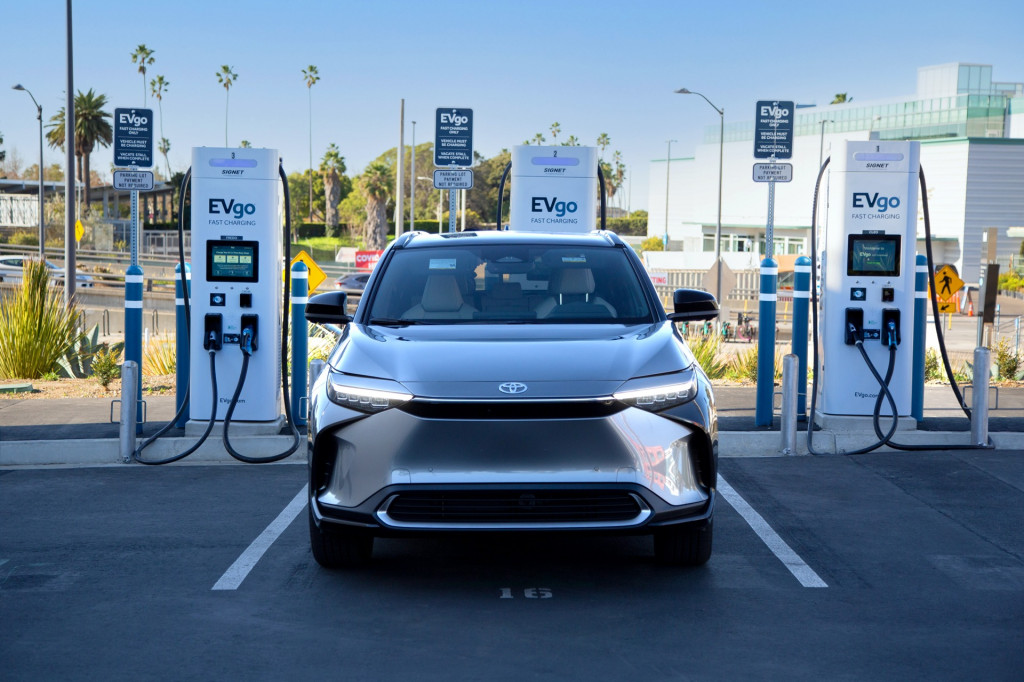The runway is looking shorter for two new affordable electric vehicles from Toyota and Nissan.
That’s because both brands are getting quite close to a sales barrier that will no longer allow buyers to claim the full $7,500 federal EV tax credit—which could make quite a difference for those considering a Toyota bZ4X or Nissan Ariya, respectively.
The credit, called 30D by the IRS, has made a life-changing difference for many families—helping them afford a fully electric vehicle or plug-in hybrid sooner than they otherwise might have. As the biggest consumer incentive put forward by the federal government to help foster the acceptance of EVs, it’s broadly supported—and It’s helped automakers absorb some of the cost of expensive battery packs, too.
Although there’s still a chance that a revamped and renewed EV tax credit—offering up to $12,500 per vehicle—might be adopted, we’re left with the existing tax credit for the foreseeable future. And under its rules, when automakers sell 200,000 qualifying plug-in hybrids and/or EVs, they trigger a 12-month phaseout period starting the second full quarter after that.

2019 Tesla Model 3
Tesla already reached its 200,000-vehicle ceiling in Q3 2018, bringing a complete phaseout of the credit after December 2019. GM was one quarter behind, with a full phaseout at the end of March 2020.
It’s worth noting that the EV tax credit doesn’t go away when those carmakers hit the threshold. The second quarter, the tax credit is half the amount ($3,750 for EVs), and then two quarters later it drops to one-fourth of the full amount ($1,875 for EVs) for two full calendar quarters.
Since the EV tax credit phaseout, Tesla has shifted its prices mostly upward, while GM made an effort to keep its lowest-priced EV affordable. Along with a product refresh, it repositioned the 2022 Chevrolet Bolt EV and EUV, giving it about a $5,500 price cut. However Nissan applied nearly the same price drop to its Leaf—making it the cheapest electric car in the U.S. market.

2022 Chevrolet Bolt EV
According to Loren McDonald at EVAdoption, three other automakers are currently over 150,000 cumulative sales toward the phaseout: Toyota, Nissan, and Ford.
Toyota is closest, at about 190,000 qualifying vehicles through 2021 by McDonald’s last estimate (not yet reflected at that link).
Officially, Toyota Motor North America says that it will not likely reach the 200,000-unit ceiling until “the latter half of 2022.”
Toyota was not willing to release an exact tally, and it cautions that its own time estimate is speculation, depending on various market factors.

2021 Toyota RAV4 Prime XSE
Some of those—like persistent chip- and component-related supply issues—would include how it can keep up the pace on deliveries of plug-in hybrid Prime models. Toyota sources have also hinted that it might soon expand its family of Prime plug-in hybrids—with a Highlander Prime, for instance.
The 200,000-vehicle sunset for the credit might be approaching faster than Nissan had anticipated months ago. It noted last week that the Leaf had its best February sales in eight years, with a 300% boost in Leaf interest, based on web traffic for its consumer site.
The Leaf had reached a cumulative 165,000 sales as of the end of 2021. Considering the spike in Leaf sales, the total likely has passed 170,000 and could be approaching 175,000. Nissan only updates U.S. sales quarterly, so we could get a better picture of that as soon as next week.

2023 Toyota bZ4X at EVgo charging station
The affordability of both of these models will be highly dependent on the EV tax credit and, to some degree, other incentives. The bZ4X is expected to start well under $40,000, while Nissan has said that a base version of the Ariya will start around $40,000.
Given Ford’s anticipated higher production numbers for both its Mustang Mach-E and its F-150 Lightning, it might also hit the 200,000-vehicle threshold within the next year—depending on how quickly it ramps those models up and whether there are other supply issues.
This all could change if Congress decides to re-up the tax credit. But if you’re depending on the EV tax credit for affordability, our best advice: Make that reservation as soon as those base models are announced.









